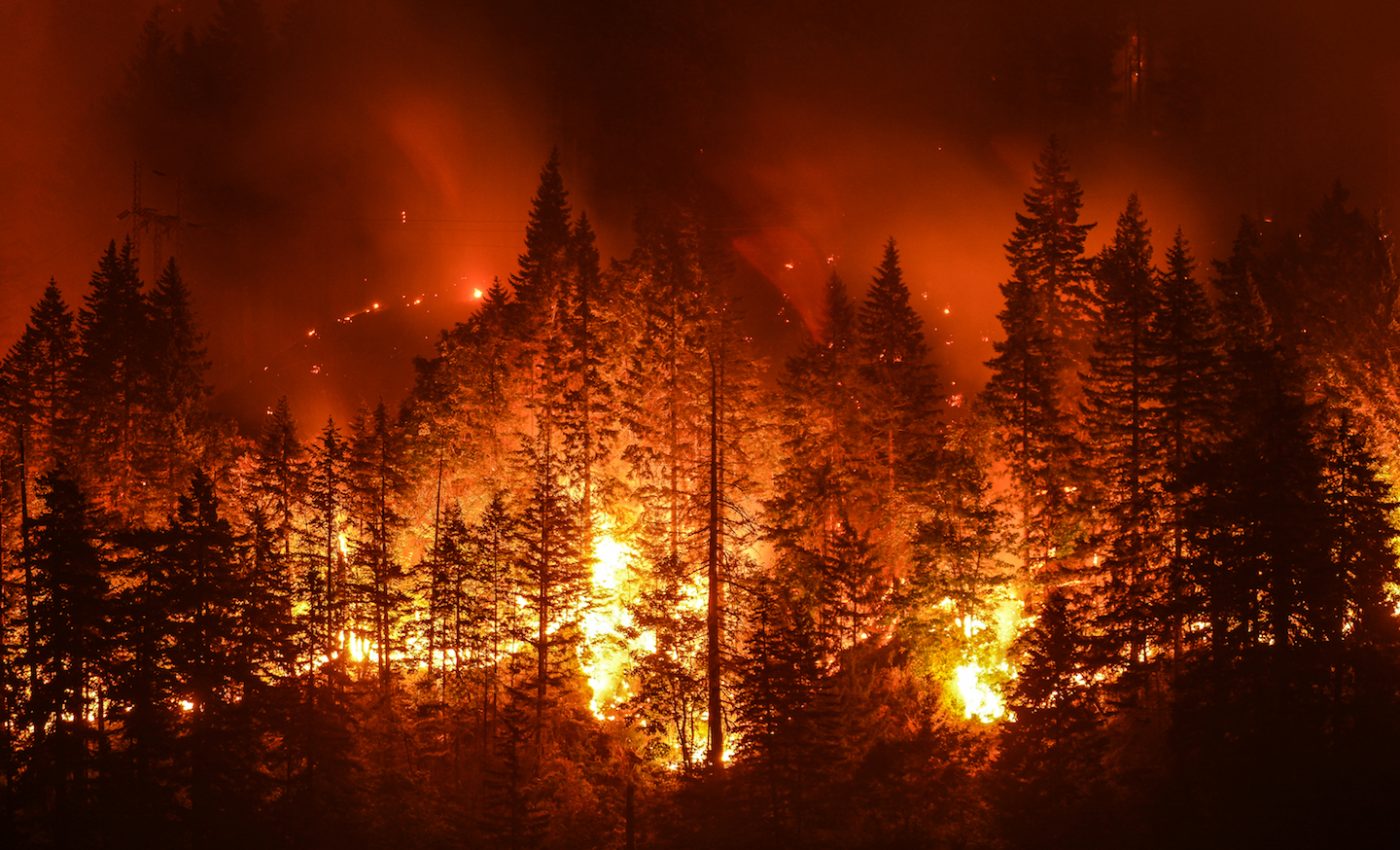
Extreme weather will only get worse if CO2 emissions continue
An international team of scientists has used climate models to predict future changes in the occurrence of the so-called Quasi-Resonant Amplification (QRA) events that are associated with persistent weather extremes. The QRA events are based on the idea that climate change will not just increase the likelihood of extreme weather conditions, but will alter the flow of the jet stream itself, resulting in more flooding, droughts, and wildfires.
The researchers found that, if the burning of fossil fuels continues at the current rate, the world will experience summers that are even more extreme than that of 2018 due to the impact on the jet stream. On the other hand, the rapid disappearance of aerosols may mitigate this impact for several decades if countries like China phase out fossil fuels.
In the summer of 2018, the world witnessed devastating flooding in Japan, record heat waves in North America, Europe, and Asia, and wildfires in Greece and even across parts of the Arctic. In California, the combination of heat and drought triggered the worst wildfire season ever recorded.
QRA events produce extreme summer weather when the jet stream becomes locked in place.
Study co-author Michael Mann is a distinguished professor of Atmospheric Science and director of the Earth System Science Center.
“Most stationary jet stream disturbances will dissipate over time,” explained Professor Mann. “However, under certain circumstances the wave disturbance is effectively constrained by an atmospheric waveguide, something similar to the way a coaxial cable guides a television signal. Disturbances then cannot easily dissipate and very large amplitude swings in the jet stream north and south can remain in place as it rounds the globe.”
“If the same weather persists for weeks on end in one region, then sunny days can turn into a serious heat wave and drought, and lasting rains can lead to flooding,” added co-author Stefan Rahmstorf of the Potsdam Institute for Climate Impact Research (PIK).
Professor Mann said that by summer 2018, climate change impacts on extreme weather were no longer subtle. “It played out in real time on our television screens and newspaper headlines in the form of an unprecedented hemisphere-wide pattern of extreme floods, droughts, heat waves and wildfires.”
Previous work by Professor Mann and his colleagues showed a connection between extreme climate events and climate-induced changes in the jet stream. QRA events cannot be accurately identified in climate models, but one thing that climate models capture with certainty is temperature change.
“QRA events have been shown to have a well-defined signature in terms of the latitudinal variation in temperature in the lower atmosphere,” explained Professor Mann. “The change in temperature with latitude and how it responds to increasing greenhouse gas concentrations depends on physics that are well understood and well represented by the climate models.”
The researchers found that the pattern of amplified Arctic Amplification, or Arctic warning, not only slows down the jet stream but also increases the frequency of QRA episodes.
The researchers concluded that climate models are likely underestimating how future climate change could lead to more persistent summer weather extremes like those observed during the summer of 2018. If carbon dioxide emissions continue at the same rate, the incidence of QRA and associated extreme weather events will also continue to increase at the same rate that they have in recent decades.
The study is published in the journal Science Advances.
—
By Chrissy Sexton, Earth.com Staff Writer
Paid for by Earth.com













